A daring attempt to smuggle methamphetamine into a South Carolina federal prison using a drone ended in a spectacular failure when the device crashed, leading to multiyear prison sentences for the trio involved, according to the U.S. Attorney’s Office. The incident highlights the growing challenge of drones in prison Contraband schemes and raises questions about airspace security at correctional facilities.
The Botched Drone Operation
On November 6, 2022, a drone equipped with a Skyhook—a device designed to carry payloads—crashed in the yard of a South Carolina federal prison. Near the wreckage, law enforcement recovered a package wrapped in electronics chargers containing approximately 1.34 ounces (38 grams) of pure methamphetamine. The plan unraveled quickly, exposing a coordinated effort to deliver drugs for distribution within the prison.
Jerrell Antonio Roberts, 36, a federal inmate, orchestrated the scheme with Antoinette Tyeisha Ricks, 36, and Tyree O’Bryant Russell, 23, both from Savannah, Georgia. All three pleaded guilty to charges related to the smuggling attempt. Roberts, already incarcerated, faces an additional 9 years and 2 months (110 months) added to his existing sentence. Ricks received over 3 years, while Russell was sentenced to 2 years, with each facing 3 years of supervised release post-incarceration.
Technical and Security Implications
The use of a Skyhook-equipped drone underscores the evolving sophistication of contraband smuggling. Drones, capable of carrying small but valuable payloads like drugs or cell phones, pose a unique threat to prison security due to their ability to bypass traditional barriers like walls and fences. This incident, investigated by the Federal Bureau of Prisons and FBI, reveals the need for advanced countermeasures, such as drone detection systems or geofencing technology, to protect restricted airspace.

The crash itself suggests potential technical failures—possibly due to payload weight, battery life, or operator error—highlighting the operational risks of using consumer-grade drones for illegal activities. Prisons nationwide are now grappling with how to secure their perimeters against such aerial intrusions, a challenge that demands both technological innovation and regulatory oversight.
Broader Industry Trends
The misuse of drones in correctional facilities is part of a broader trend. Similar incidents, like a recent attempt to smuggle drugs into a North Carolina prison, indicate that drones are becoming a go-to tool for smugglers. This has sparked calls for stricter drone regulations, including mandatory no-fly zones over prisons and enhanced penalties for aerial contraband delivery. The Drone Industry, meanwhile, faces pressure to develop anti-misuse features, such as built-in geofencing, to prevent devices from operating near sensitive sites.
For drone professionals and enthusiasts, these incidents underscore the importance of responsible operation. Misuse not only fuels negative perceptions but also invites tighter restrictions that could impact legitimate users, from aerial photographers to agricultural surveyors.
DroneXL’s Take
At DroneXL, we see this failed smuggling attempt as a wake-up call for the drone community. While drones unlock incredible possibilities, their potential for harm in the wrong hands is undeniable. The crash in South Carolina is a stark reminder to fly smart and stay Legal—because when a drone goes down, it’s not just the device that crashes, but the TRUST in our skies. We urge manufacturers to prioritize anti-misuse tech and operators to respect no-fly zones. Let’s keep drones soaring for good, not grounded by crime.
Photos courtesy of Skyhook
Discover more from DroneXL.co
Subscribe to get the latest posts sent to your email.




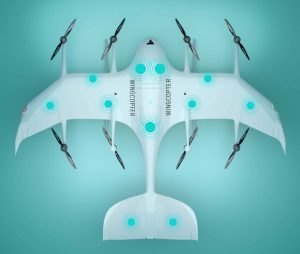
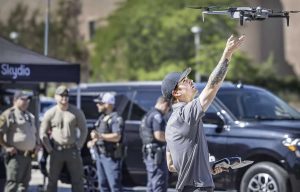
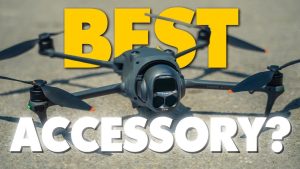
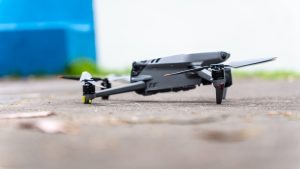

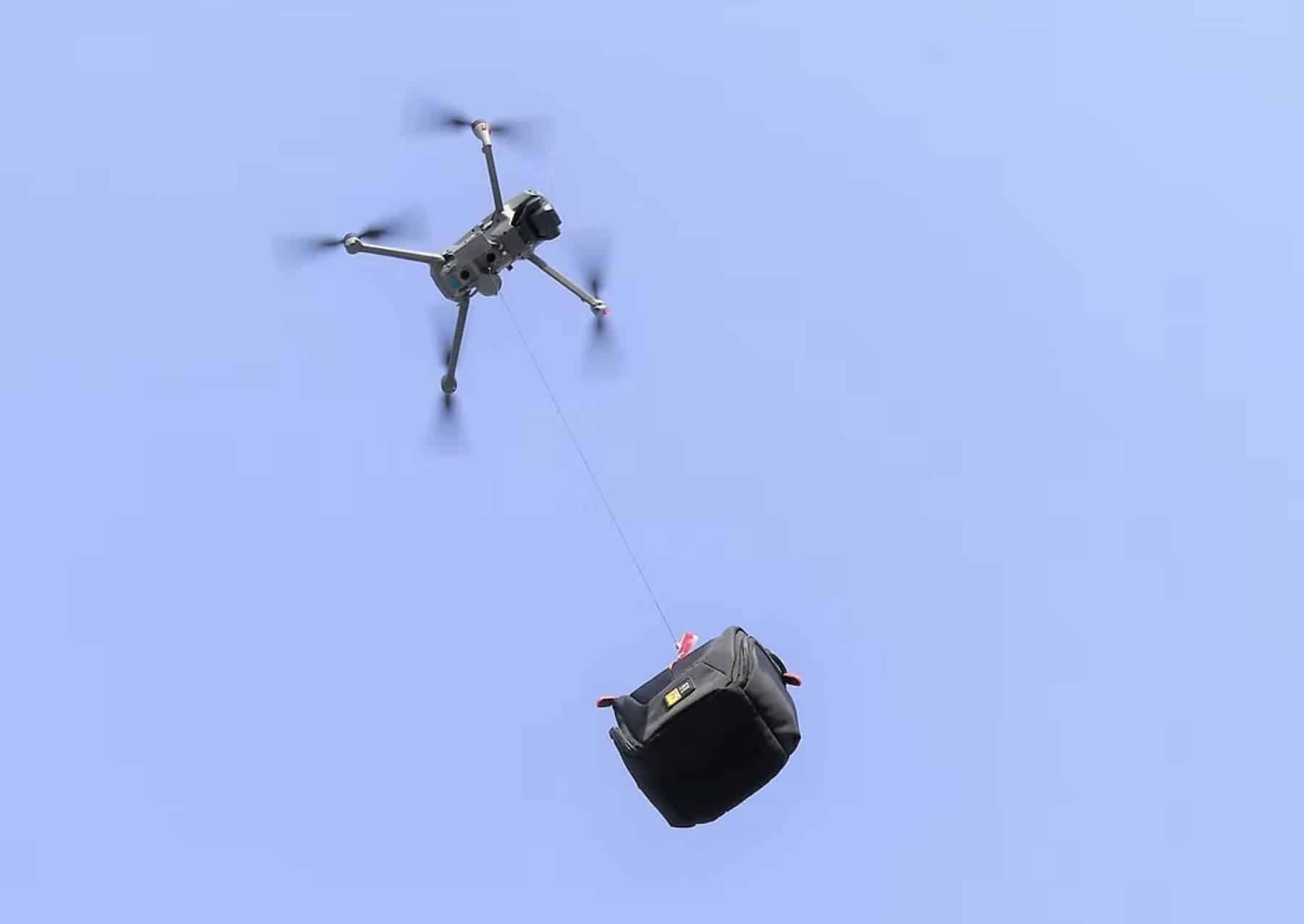
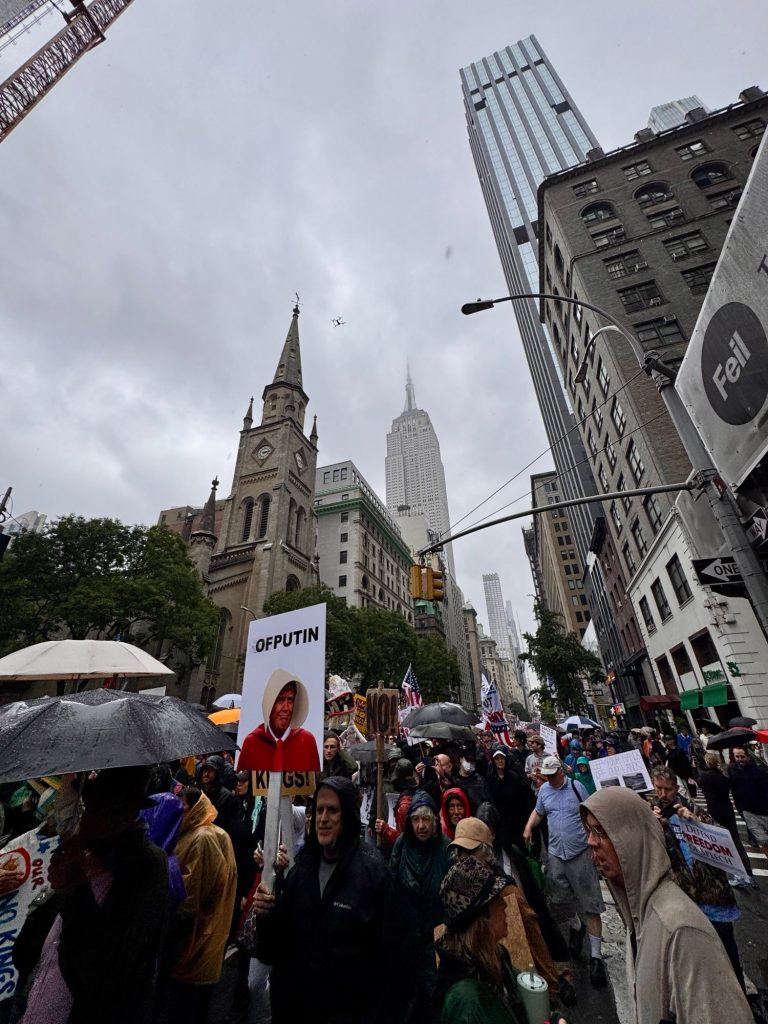
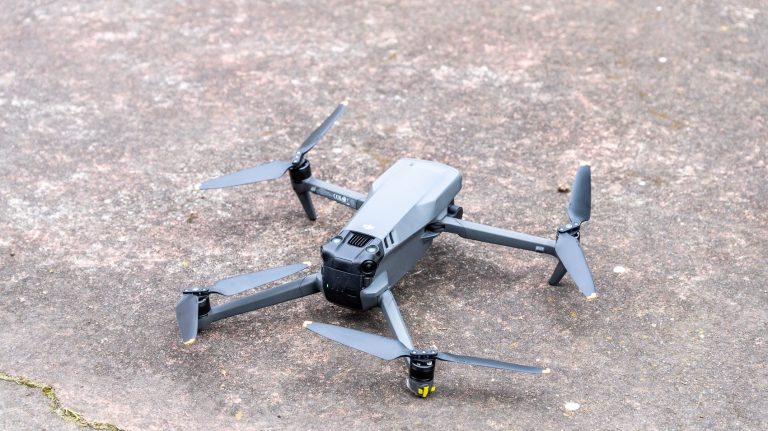

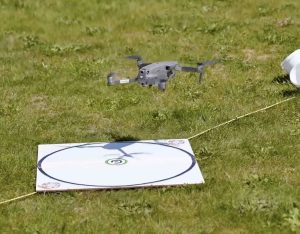


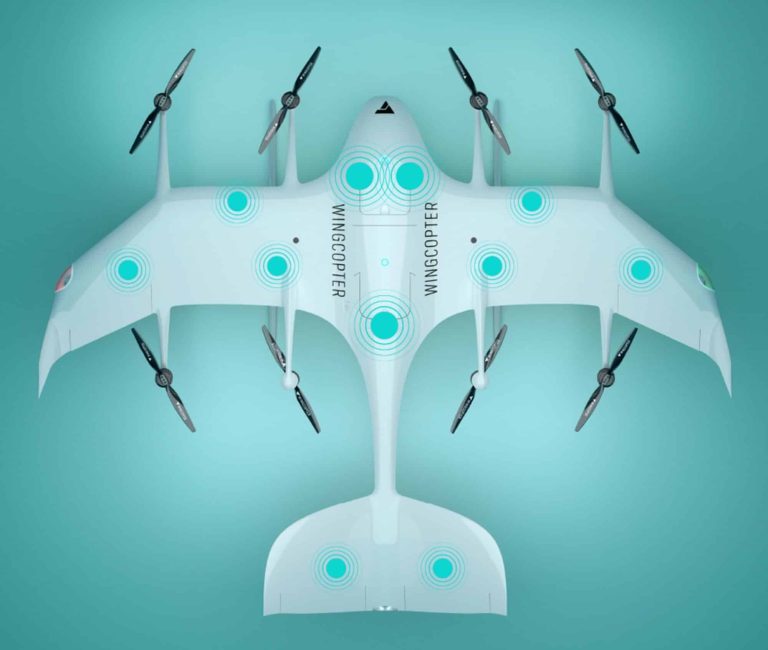
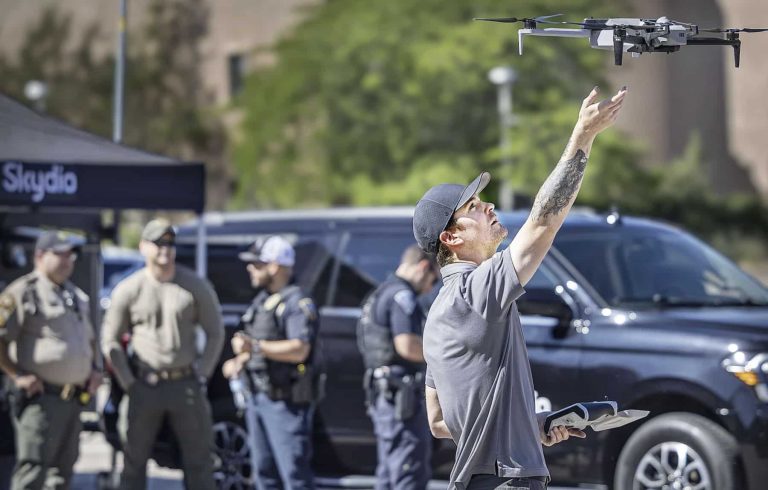
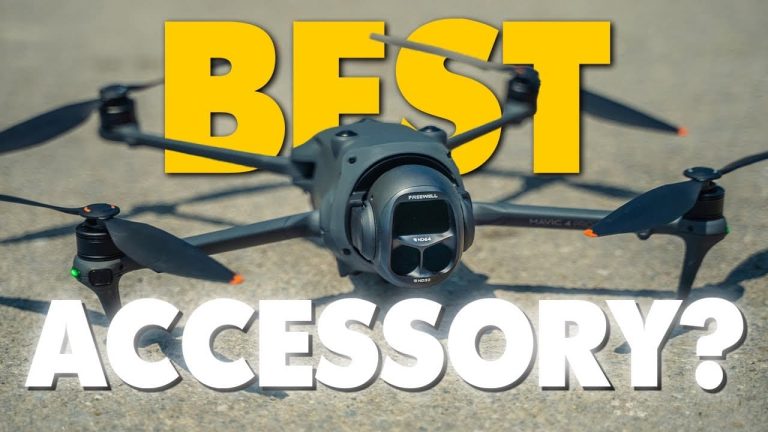
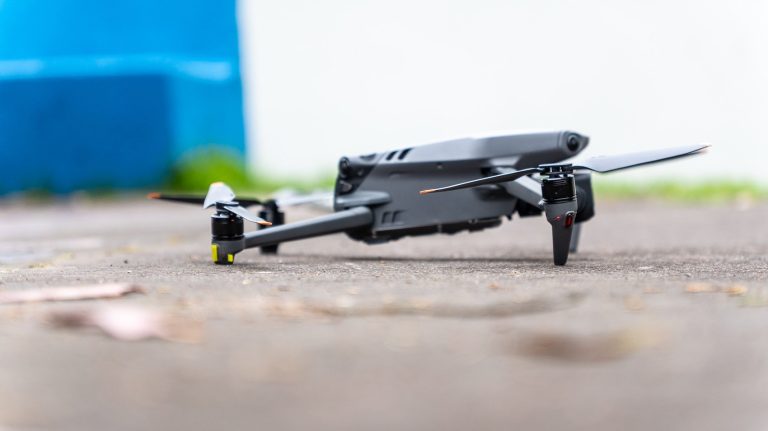
+ There are no comments
Add yours